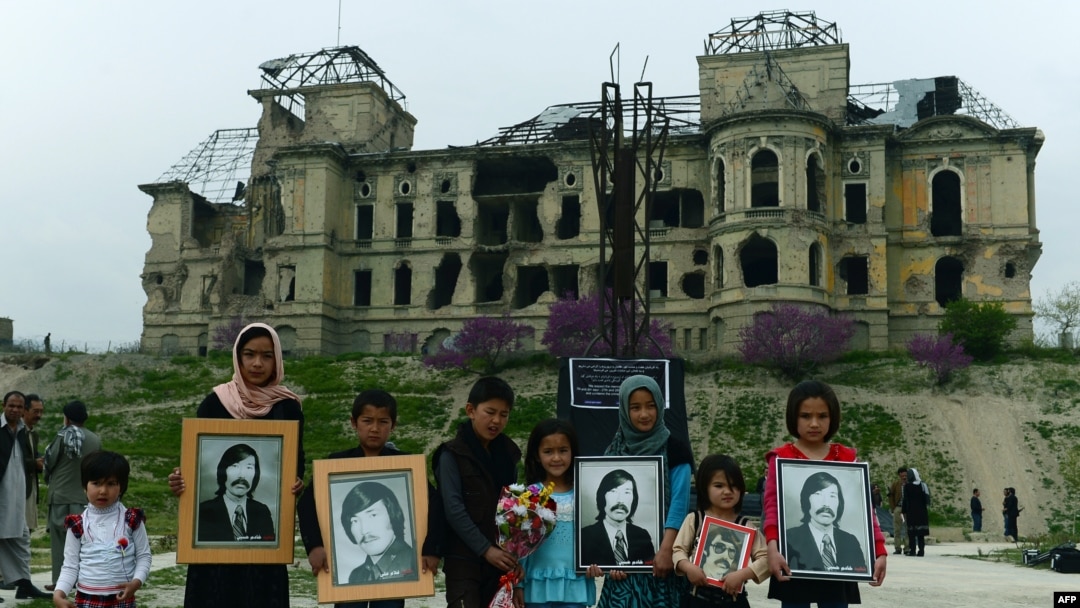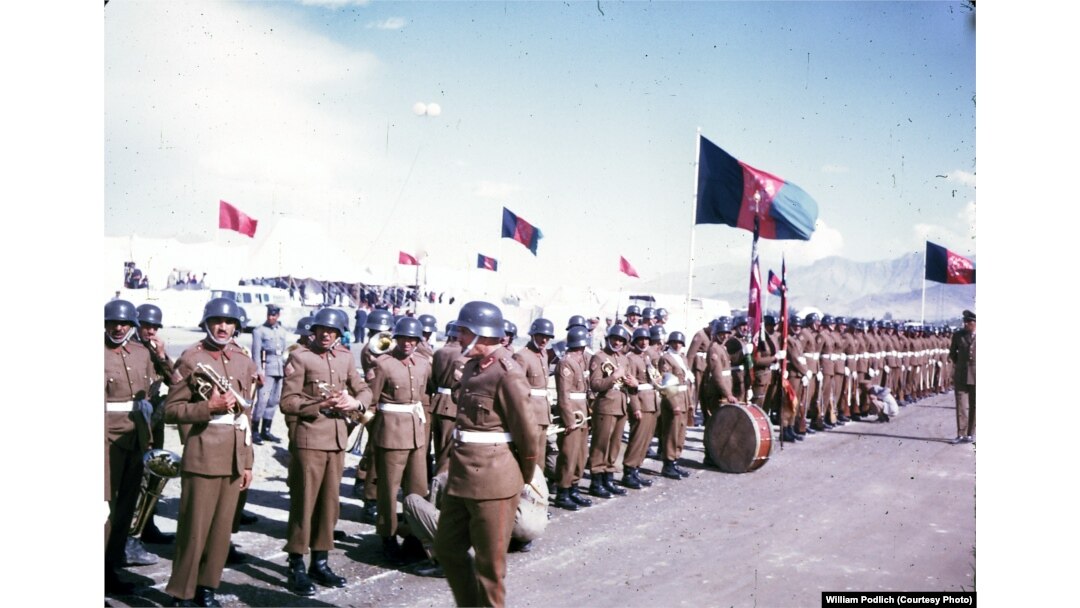Nineteenth-century Lahori poet Mohammed Iqbal once wrote in a poem that “Kabul’s splendor cannot fall into the grasp of words,” praising its climate “resembling paradise” and its water “so glittering and earth radiant.”
He was writing of Kabul’s glory in the 1930s, when the 3,500-year-old city was famous for its mosques, gardens, and temperate year-round weather.
Once a role model for the rest of the world, the Afghan capital was a hub of innovation, modernity, progressive ideas, and urban living, representing tolerant times for both the country and Southwest Asia in the 1960s and ’70s.
But today’s Kabul is a shadow of its former self. The charm immortalized by Iqbal and others has lost its shine from decades of violence and oppression and seems a distant memory for residents.
Before the Soviet invasion of 1979 and the rise of radical Islam, Kabul natives and urbanites -- known as Kabulis -- basked in their safe and modern city. As Afghanistan developed from the 1930s through the 1970s, Kabul showcased the nation’s progress and earned the nickname “the Paris of Central Asia.”
A minority elite and upper-class group, Kabulis relished their advanced city, which was starkly different from the Afghan countryside neglected by the government. Residents of the capital held powerful sway over the rest of the country as Kabul’s ideologies, lifestyles, and power dynamics carried considerable influence.
The 1960s and 1970s in particular are known as Kabul’s golden era, when the city was a blend of both modern and traditional. These were times when women paired miniskirts and headscarves, people enjoyed personal freedoms, and hippies and travelers flocked to the capital from around the world. The city of gardens ringed by snowcapped mountains became a quirky and off-the-grid tourist destination.
“I’ve always thought it was one of the most beautiful places in the world,” Thomas Gouttierre, a former academic at the University of Nebraska, recalled of his decade in Afghanistan to the New York Times. He lived in Kabul from 1964 to 1974.
Afghanistan As It Once Was
Thomas Barfield, a professor of anthropology at Boston University, is among the many foreigners who had the chance to experience Kabul in its heyday. He says his travels to Afghanistan profoundly impacted his life and career.
“I hitchhiked across Europe. It used to be called the old hippie trail, he said of the overland trips from Europe to India and Nepal through Afghanistan. “The first time I went to Afghanistan was in 1971. I was an undergraduate student, and I didn’t know anything about Afghanistan; I was just traveling. It was very easy; you just catch buses and trucks. Other people were going to Europe, but I thought I’d do something more interesting. I later became fascinated by the country and returned for research.”
An Unfamiliar City
When the Soviet tanks arrived to seize the country in late 1979, many elite Kabulis knew they had to shelter elsewhere. During the civil war that began after the collapse of the Afghan socialist regime in 1992, many Kabulis were forced to flee their homes once again, and a majority migrated to the West.
The exodus heralded the end of Kabul’s golden era. For former residents who revisited their city after decades away, the nostalgia runs deep.
Saleh Keshawarz, an engineering professor at Connecticut's University of Hartford, was born and raised in Kabul’s Karte Char neighborhood. He’s made many trips back to his roots, noting that much changed, both culturally and aesthetically.
“Coincidently, I left the country for America exactly one day before the fall of Daud Khan’s regime [in April 1978],” he told RFE/RL Gandhara. “But since the fall of the Taliban in the early 2000s, I have returned many times.”
Back in Kabul, Keshawarz found himself in a changed city, one seemingly at odds with his memories.
“Streets were damaged; lampposts were covered with bullet holes. All the buildings were in a bad state,” he said, adding that the most difficult part was seeing the low morale of his fellow countrymen. “The air is polluted, cars are not regulated, and the country suffers from a lack of proper clean drinking water, which can result in health issues for residents.”
“It was like a nightmare,” Keshawarz added.
Barfield says the city has changed, too, from how he remembers it. “It’s an entirely different place. It was a shock to see how leveled it was; the old Kabul I knew was razed. It was a mess, just wall-to-wall rubble,” he said.
For both natives and foreigners, the reality on the ground has drastically changed over the past four decades. As insecurity in the capital only heightens, Kabulis question if they will even have a city left for them.
A New Kabul In The Making
Frequent terrorist attacks and security incidents have left Kabul swinging from a state of destruction to repair. A city once renowned for its peace and beauty has fallen prey to warlords and insurgents.
Mohammed Yasin Hamdil is among the rare Kabulis who never left and has witnessed the ups and downs the city has endured.
“It hurts my heart. Tears stream from my eyes just talking about my beautiful Kabul,” he said. “Kabul was always blossoming and prospering, a city where the people were pure, talented, and well-achieved in many regards. But today, Kabul has changed. Kabul has lost its true colors, and sometimes I forget where I am and what I am doing.”
Kabul’s population has boomed, making it one of the fastest-growing cities in the world with a population of over 5 million. Rapid urbanization has changed its ethnic makeup and demographics, and rural Afghans now outnumber Kabul natives as many flock to the city, trying to escape Taliban violence.
In the 1970s, “rural Afghans never left their province in their entire life,” Barfield noted. “But when I went back years later, the isolation that existed at that time was destroyed during the war. Many had been to Iran, Pakistan, and other parts of Afghanistan. Afghans have a lot more world experience than they did in the ’70s.”
But this influx of people has created congestion and a lack of proper sanitation. Amid this cultural and ethnic melting pot, security in the city has crafted a new Kabul brimming with checkpoints, blast walls, high-rises, and traffic mayhem.
Despite the changes, Kabulis like Keshawarz remain hopeful. “When walking down the streets, the atmosphere is still the same, and it reminds me that this was once my home and I hope for the best,” he said.



